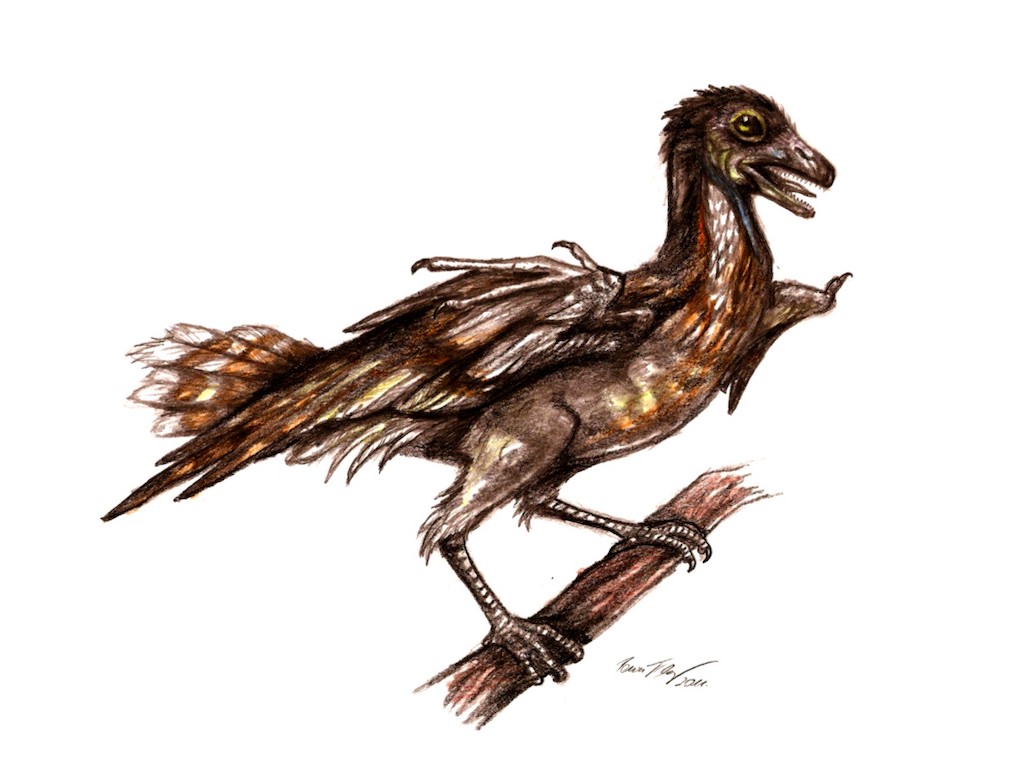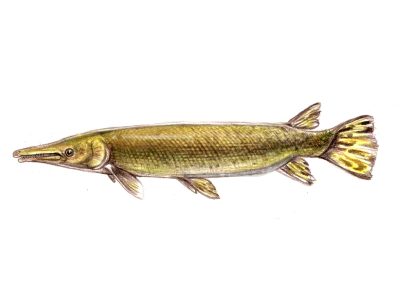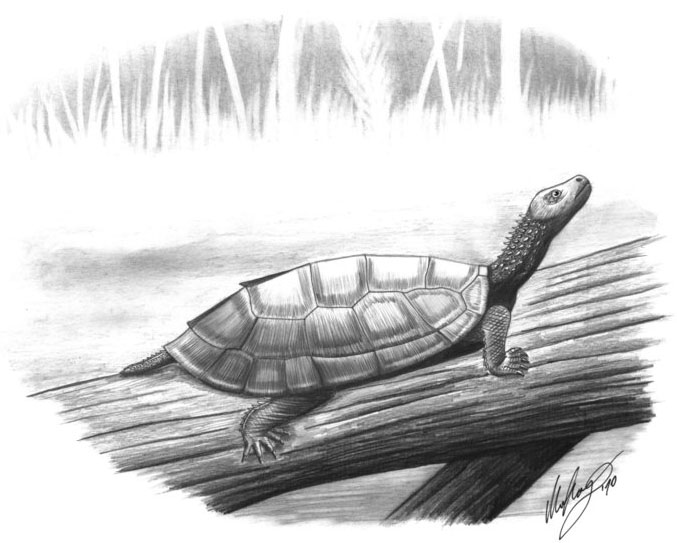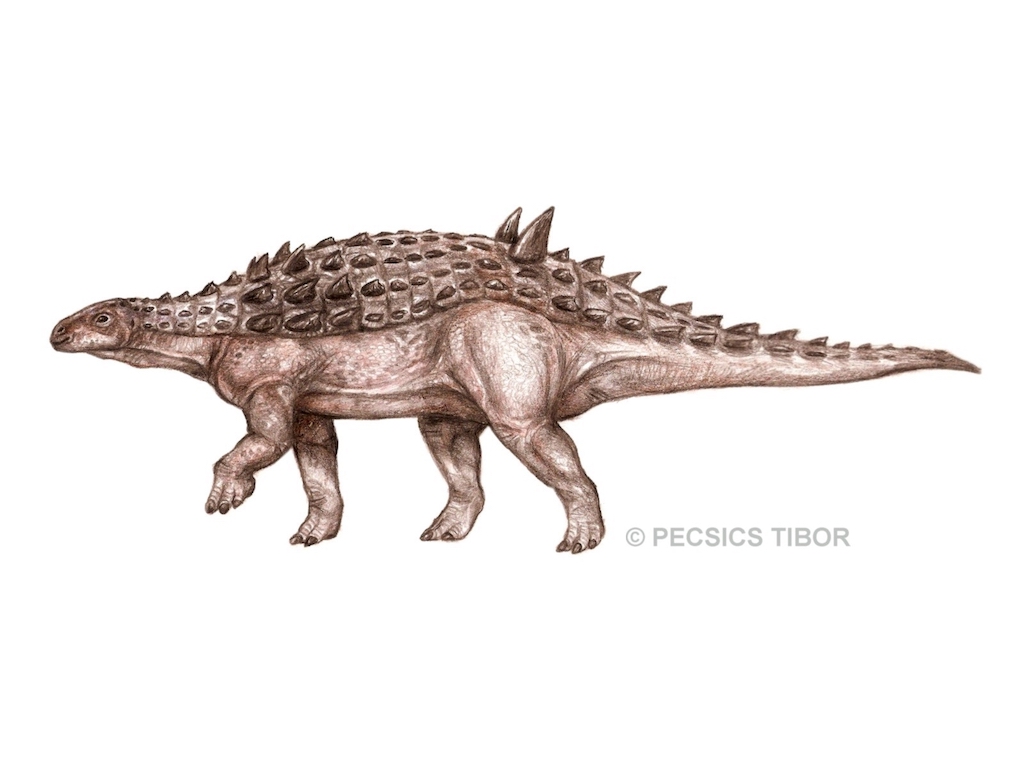
Bauxitornis mindszentyae
The Iharkút vertebrate locality is among the few places in Europe where the fossils of the very poorly known Cretaceous birds have been also discovered…

Gars (Lepisosteidae) are an extant family of actinopterygian fishes, living exclusively on the western hemisphere: in North- and Middle America, and Cuba. Their fossilized remains are known around the world, Late Cretaceous gar remains have been found in France, Spain, Portugal, Romania and Hungary.
Gars have 2 extant genera (Atractosteus and Lepisosteus) with 7 species. They vary in size, the average body lenght of some species ranges from 0.9 to 1.2 meter, but the biggest species among them, the alligator gar (Atractosteus spatula) can grow up to almost 3 meters in lenght, and 136 kg in weight. Gars have long, cylindrical body, their head resembles to that of a crocodile. However they are middle- and big sized fishes, they are not dangerous for humans (their dentition can cause very painful injuries, but none of the living species is life threatening for humans). All gars are predatory fishes, their diet mostly consist of fishes and amphibians. These fishes live mostly in freshwater swamps and slow rivers, but they also inhabit saltwater- and brackish environments. Gars are true living fossils, their earliest fossil record is going back to the Late Jurassic, which means, that lepisosteid fishes occured 157 mya. on our planet.
Noadays, gars are not valued gastronomically, but they are popular targets in sport-fishing. Because of their armour-like system of scales, they are hunted widely by bow („bowfishing”). The scales of lepisosteids are durable enough that Caribbeans once used dried hides of lepisosteids as breastplates and their scales as arrowheads.
Based on their anatomical features, it is easy to identify the gar-fossils in the Santonian Iharkút vertebrate-fossil material. Up to now vertebrae, scales, teeth, skull elements and a supracleithrum have been found. Vertabrae of gars are typically opisthocoelous. Their scales bear a shiny, enamel-like, ganoine-substanced layer. Gar teeth are straited apicobasally, they can be conical or lanceolated. Among the Iharkút gar skull elements there are lower and upper jaw elements, and ganoine-ornamented dermal bones too. The supracleithrum is a bone-element of the pectoral girdle.
Based on the SEM-observation of the micro-ornamentation of the ganoid scales, the dual morphology of the teeth, and the morphology of the dorsal articular facet of the supracleithrum we refer the material to the genus Atractosteus.

The Iharkút vertebrate locality is among the few places in Europe where the fossils of the very poorly known Cretaceous birds have been also discovered…

This enigmatic turtle is very underrepresented in the fauna and only known by a few shell elements…

Chromatogenys tiliquoides, described as a new genus and species, is considered relatively rare among the Iharkút lizards…

For a long time it was thought that the Iharkút dinosaur fauna included only one armored dinosaur…